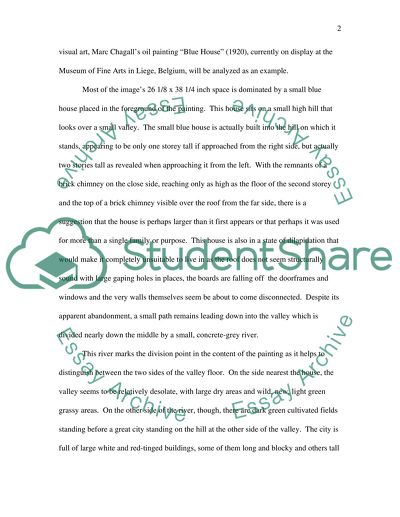Cite this document
(“Marc Chagalls Blue House Essay Example | Topics and Well Written Essays - 3000 words”, n.d.)
Retrieved from https://studentshare.org/visual-arts-film-studies/1516777-marc-chagalls-blue-house
Retrieved from https://studentshare.org/visual-arts-film-studies/1516777-marc-chagalls-blue-house
(Marc Chagalls Blue House Essay Example | Topics and Well Written Essays - 3000 Words)
https://studentshare.org/visual-arts-film-studies/1516777-marc-chagalls-blue-house.
https://studentshare.org/visual-arts-film-studies/1516777-marc-chagalls-blue-house.
“Marc Chagalls Blue House Essay Example | Topics and Well Written Essays - 3000 Words”, n.d. https://studentshare.org/visual-arts-film-studies/1516777-marc-chagalls-blue-house.


